The most dangerous jobs in the world and the not so dangerous

Let's make one thing clear, this is not a career guide and I am not here to give career advice. You know what they say: "It's a dirty job but someone has to do it."
Every job comes with its own challenges but some carry additional level of risk than others. Despite modern technological advancements, many of these high-risk roles are still performed by humans. Let's explore these risky careers taking into account their mortality rates. I'm also going to debunk some of the myths about jobs that people mistakenly consider unsafe and show that statistically they are actually safe.
-
1. Logging Workers
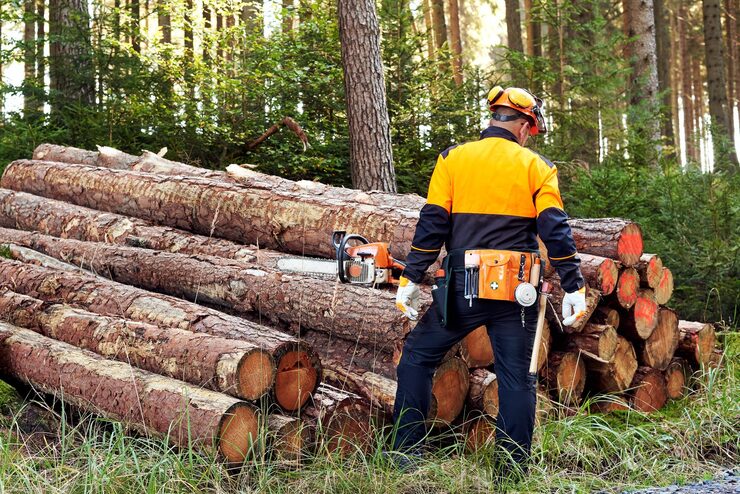
According to the U.S. Bureau of Labor Statistics (BLS), logging is the most dangerous occupation in the United States with a fatal injury rate of 82.2 deaths per 100,000 workers (2022).
They usually work with heavy machinery in remote forests. Slipping trees, falling branches, and equipment malfunctions make it deadly work. It is an unpredictable job with so many things that can go wrong.
So why not use robots? The terrain is highly variable and still inaccessible for autonomous machines. Some progress was made on human-controlled equipment. The machine doesn't make decisions by itself, rather a person operates it from a safe distance. Let's hope that this gets wide adoption so that this occupation becomes safer.
-
2. Fishing and Hunting Workers
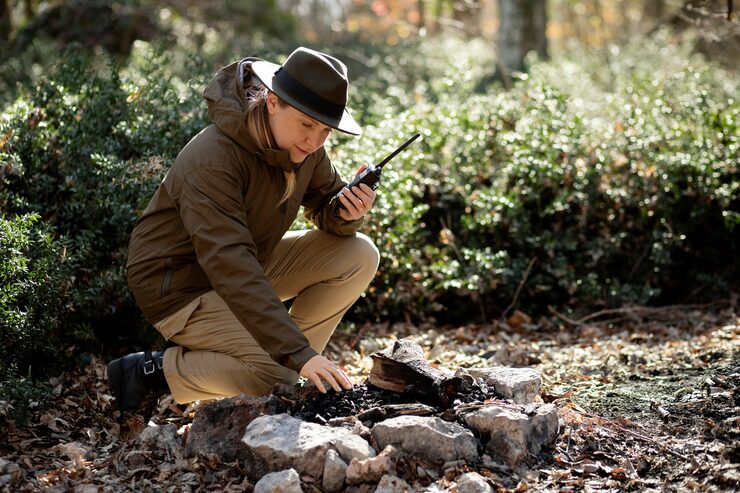
Fishing has a fatal injury rate of 75.2 per 100,000. Commercial fishers face drowning, storms, slippery decks, and malfunctioning gear on a regular basis. Crabbing in the Bering Sea, for example, is known to be extremely dangerous.
Harsh weather, dynamic sea conditions, and complex handling of live catches make full automation or machine dependency impractical. While some automated fishing gear exists, it cannot fully replace human decision-making in unpredictable conditions.
-
3. Roofers
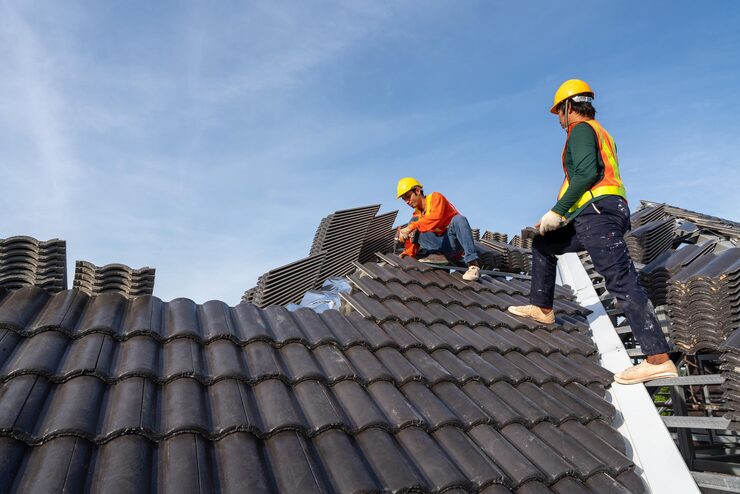
Roofing workers had a fatal injury rate of 59.0 per 100,000 in the U.S. The risk comes from falls especially at sloped or unstable surfaces.
-
4. Construction Workers
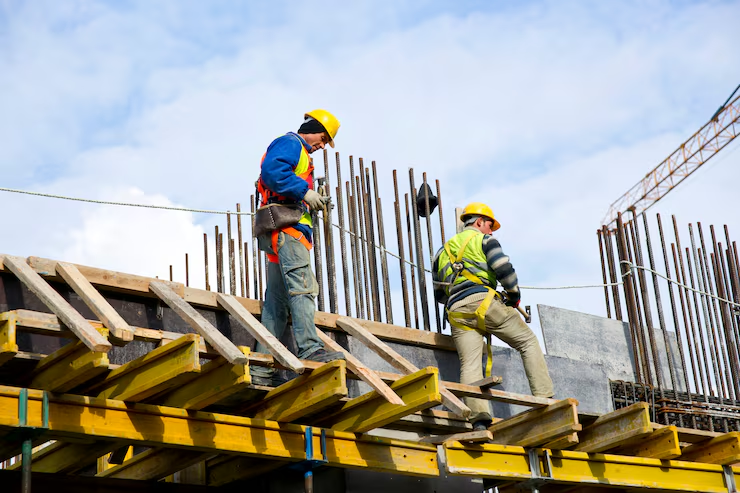
Construction work has risk written all over it particularly in high-rise projects. The fatality rate is around 18.9 per 100,000.
The problem with construction is the constantly changing environment. There is limit to what a machine can do and dependency on human workers is unlikely to change any time soon. The future looks bright however with 3D printing technology evolving and gaining momentum.
-
5. Refuse and Recycling Collectors
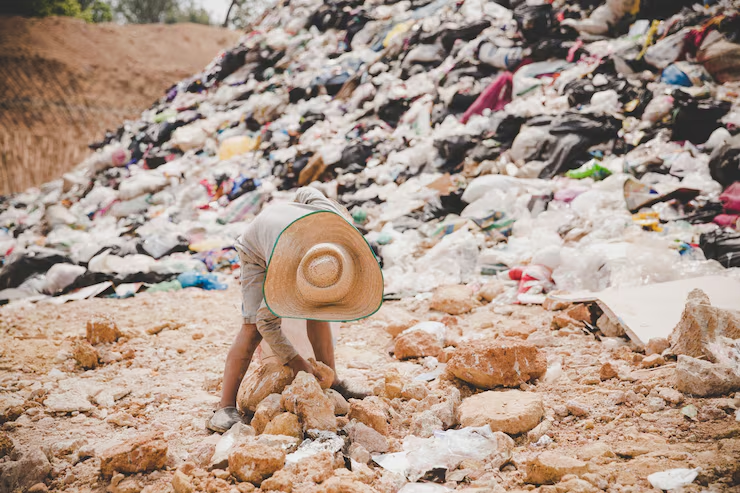
This job has a surprisingly high fatality rate of 34.1 per 100,000. Workers are in constant proximity to hazardous waste and heavy machinery.
Automated side-loader trucks certainly help in reducing the danger but manual collection is necessary in narrow or irregular neighborhoods.
-
6. Mining Machine Operators
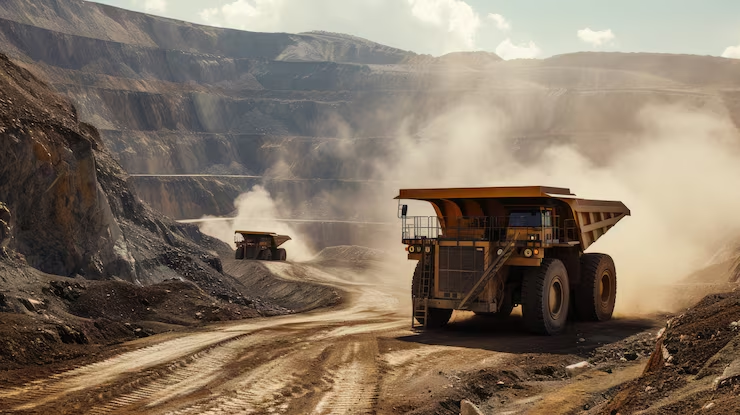
Underground mining carries risk mainly from gas explosions and exposure to toxic substances. Fatality rates in some countries exceed 50 per 100,000. Collapses are infrequent but when they do happen the results are usually catastrophic.
Remote-controlled mining equipment are improving everyday but someone has to go down there eventually to complete the tasks. Additionally, GPS doesn't fully work underground. The most defining factor remains the cost, especially in low-income mining regions.
Statistically safe jobs considered to be dangerous by most people
Some jobs have a bad a reputation but in reality they are not. Here are a few jobs commonly thought to be deadly that are surprisingly safe by numbers:
-
Skydiving Instructor

Jumping from planes for a living sounds crazy but statistics show otherwise. According to the U.S. Parachute Association, there is roughly 1 fatality per 360,000 jumps. Skydiving is indeed one of the most regulated activities. Instructors are highly trained and use redundant systems, including automatic reserve deployment devices. To put this in perspective, there is more chance of dying in a car accident than jumping from a plane. If you are a thrill seeker, this is as exhilarating as it can get.
-
Stunt Performer

They are called Stunt Performers for a reason. The very basic nature of their job involves risk of injury. That being said, the film industry has rigorous safety standards. Unlike other jobs on the list, the environment is very well controlled. Most stunts are rehearsed extensively and dangerous effects are enhanced using camera angles or CGI. It is a high paying job, so if you are into this thing, go for it.
-
Firefighter
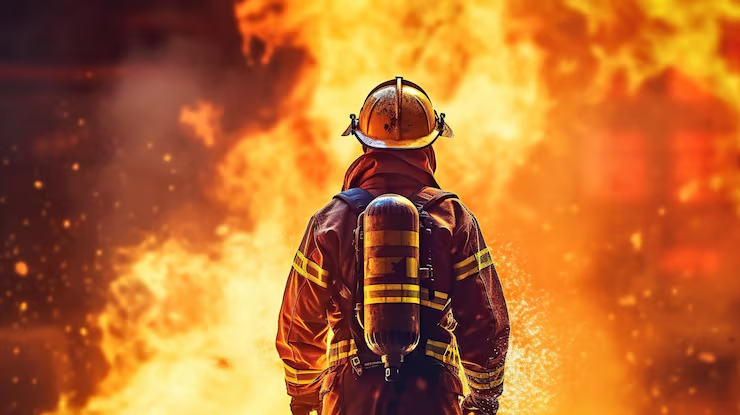
Understandably considered dangerous by the public but the data shows otherwise. The fatality rate is about 3.7 deaths per 100,000 full-time firefighters in the U.S. That’s significantly lower than logging or construction jobs. All this thanks to modern equipment, training, and protocols.
-
Police Officer
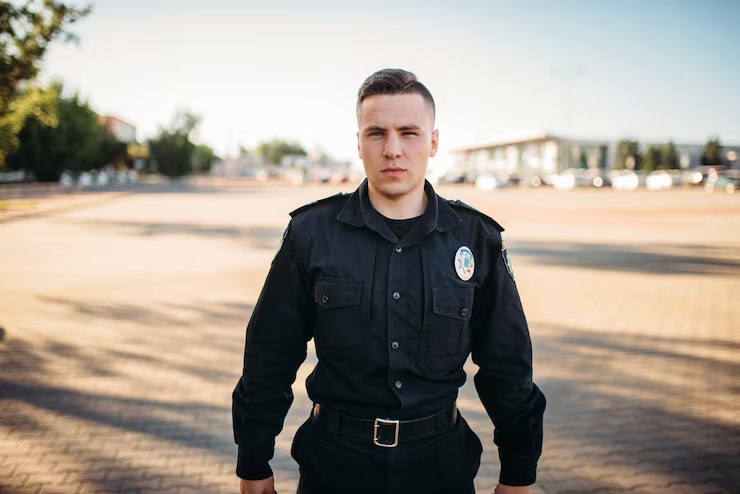
Despite frequent media attention on police-involved violence, the job has a fatality rate of about 14.1 per 100,000 in the U.S. That places it below several blue-collar occupations in terms of risk.

























